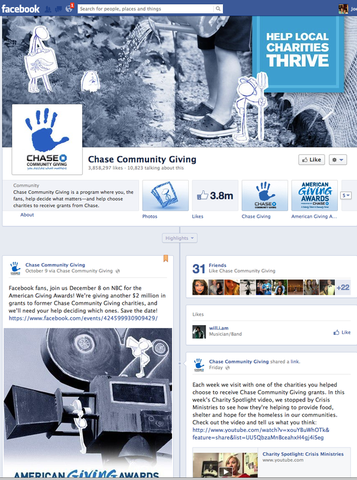The announcement of the new iPad Mini was obviously exciting for digital geeks. Some were underwhelmed that no new shiny features were included, but it is the nature of the device that changes the mobile marketing game. Especially in regards to content creation and curation.
While the actual features are the same as the traditional iPad, the fact that the device is smaller, and in turn, more mobile, means that the tablet experience is different. The Ad Age article outlines how tablets have always centered around a "laid-back" experience. That led to tablet-specific marketing messages surrounding magazine-style, full screen take overs. More feature-like content is expected because the user is in the mindset of settling in to consume content. However, on a phone or much more mobile device, the user's mindset is much different. It's about questions being answered as they occur. About being contextually relevant to what's going on. Whether that's the time of day, user's interests, seasonal, location-based, etc.
What makes this even trickier is, Apple designed the iPad Mini to automatically render all apps and tablet-optimized websites to appear the same as on the traditional iPad. While on the surface that seems great, less work.... wrong. The layout, design, content, subject matter all may very well be different for the two different experiences: the laid-back, feet up tablet experience or the on-the-go mobile state of mind. While it's great to add another layer into the mobile mix, it's just another step that marketers have to think through. But on the flip side, that step is one more way to connect with consumers and build brands.
Why Advertisers and Publishers Should Care That Apple's 'iPad Mini' Is More Mobile
While the actual features are the same as the traditional iPad, the fact that the device is smaller, and in turn, more mobile, means that the tablet experience is different. The Ad Age article outlines how tablets have always centered around a "laid-back" experience. That led to tablet-specific marketing messages surrounding magazine-style, full screen take overs. More feature-like content is expected because the user is in the mindset of settling in to consume content. However, on a phone or much more mobile device, the user's mindset is much different. It's about questions being answered as they occur. About being contextually relevant to what's going on. Whether that's the time of day, user's interests, seasonal, location-based, etc.
What makes this even trickier is, Apple designed the iPad Mini to automatically render all apps and tablet-optimized websites to appear the same as on the traditional iPad. While on the surface that seems great, less work.... wrong. The layout, design, content, subject matter all may very well be different for the two different experiences: the laid-back, feet up tablet experience or the on-the-go mobile state of mind. While it's great to add another layer into the mobile mix, it's just another step that marketers have to think through. But on the flip side, that step is one more way to connect with consumers and build brands.
Why Advertisers and Publishers Should Care That Apple's 'iPad Mini' Is More Mobile


 RSS Feed
RSS Feed